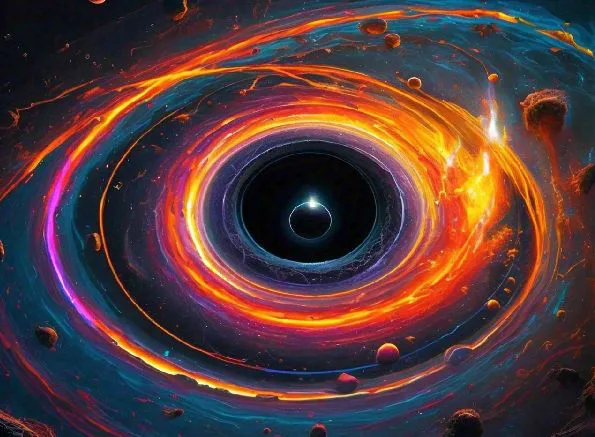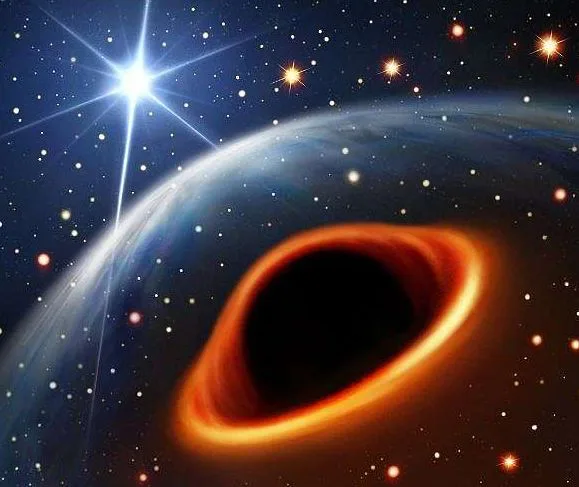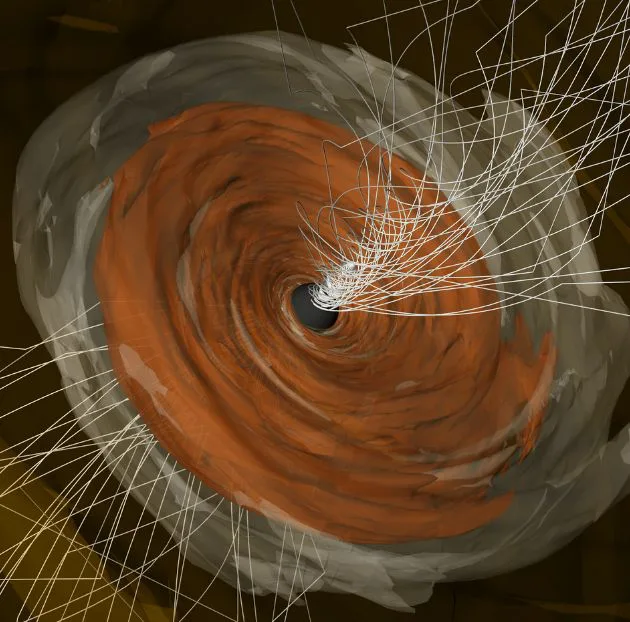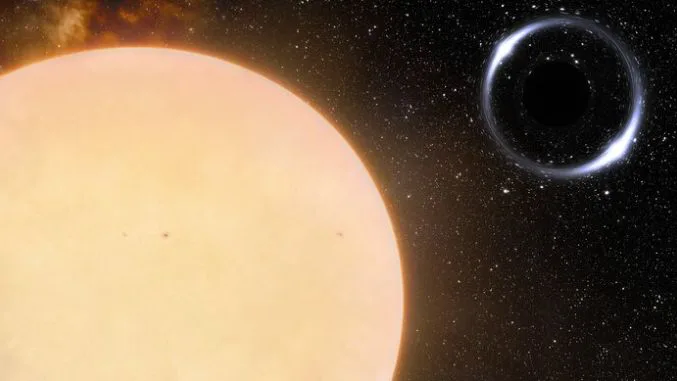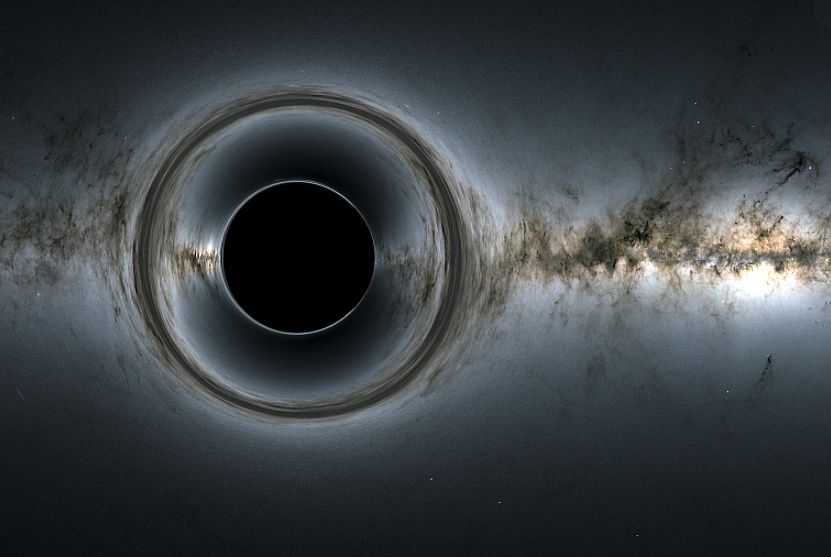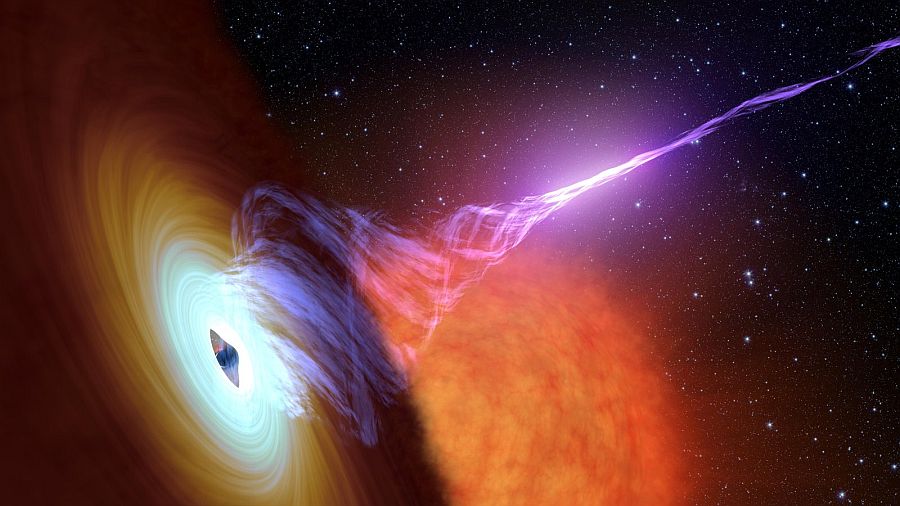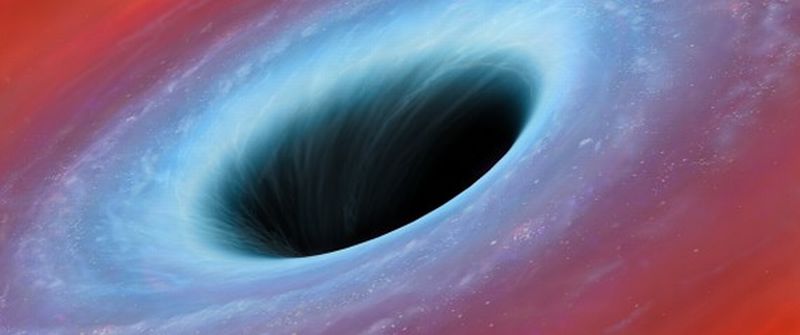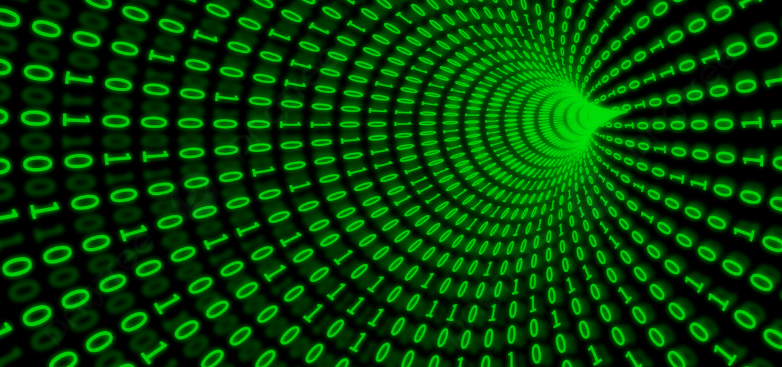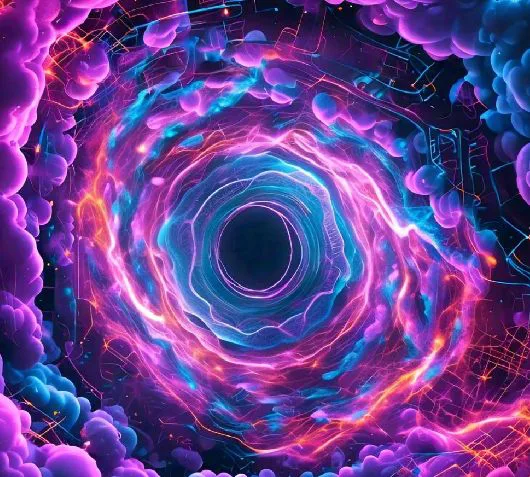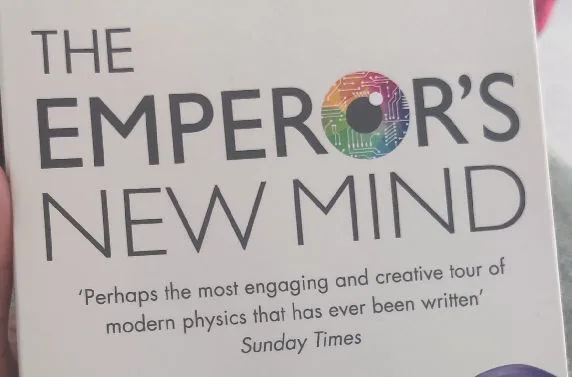Imagine building a huge group of telescopes on the Moon, where there’s no air or weather to interfere, allowing us to see further into space than we ever could before. That’s the idea behind the Artemis-enabled Stellar Imager (AeSI), a proposed lunar interferometer designed to reveal what’s happening on the surfaces of stars and deep inside active galactic nuclei (AGN). A team led by Dr. Kenneth Carpenter at NASA’s Goddard Space Flight Center recently completed a nine-month feasibility study, and their findings suggest that this ambitious idea is not just…
Search Results for: black hole
Black Hole Mergers: Dark Matter Might Be the Missing Link
Launched in 1977, Voyager 1 is one of the farthest probes that we’ve sent so far. As of July 2024, it’s a whopping 24.4 billion kilometers away from Earth, making it the most distant human-made object ever. Yet, there are things in the space that we have absolutely zero clue. Yes, I’m referring to – Dark Matter. Dark matter helps slow the black holes down and lets them come together for supermassive black hole mergers, at least the recent research says so. Typically elusive, this invisible matter seems to play…
Cosmic Conundrum in the Milky Way: Lightest Black Hole or Heaviest Neutron Star
Exciting news from the cosmos! Astronomers from around the world, including the brains at The University of Manchester and the Max Planck Institute for Radio Astronomy in Germany, have stumbled upon an unknown object in the Milky Way. The newly discovered object is heavier than the heaviest neutron stars we know. And lighter than the lightest black holes we’ve seen. The team used the MeerKAT Radio Telescope, to spot this mysterious object. This celestial entity is in orbit around a high-speed millisecond pulsar, situated around 40,000 light years away in…
Astronomers Pinpoint Oldest Known Black Hole: Time-Traveling with Telescopes
Recently, astronomers have detected a super-old black hole, which is devouring its galaxy. It is dated back to the earliest black hole ever. It’s like the ultimate space buffet for the oldest black hole. Researchers at the University of Cambridge, unleashed the NASA/ESA/CSA James Webb Space Telescope (JWST) to spot this ancient black hole. The gravity well is chilling out 400 million years post-Big Bang, that is, over 13 billion years back.
M87 Black Hole Unveils Magnetic Brilliance in Spiraling Light
In 2019, the Event Horizon Telescope (EHT) unveiled the first-ever images of M87. It was a mind-blowing moment for astronomy. M87 is a supermassive black hole at the center of the galaxy Messier 87. The EHT dropped the first snapshots of M87. It was like getting an up-close look at a supermassive black hole for the first time ever!
Black holes in the Hyades Star Cluster
In an international collaboration between astronomers from University of Padua (Italy), the Institute of Cosmos Sciences of the University of Barcelona (ICCUB) and the Institute of Space Studies of Catalonia (IEEC), there are indications that multiple black holes might exist within the Hyades cluster.
Supercomputer Simulation to Investigate Black Hole and Galaxy Coevolution: Quasar Fueling
Big question regarding the formation of black holes and how they grow under different regimes have always been the holy grail for astrophysicists. Our galaxy hovers around a massive black hole which, under normal circumstances, is surrounded by spinning gases. Not much is known about these gases, however, some shine brightly, with an unceasing supply of fuel. While others go to a state of temporary dormancy and erupts again later with an influx of gases.
X-ray Emission from Behind Black Hole: Galactic Nuclei
Black holes are the most fascinating phenomena in the universe. Any new finding regarding the intricacies of black hole makes us wonder how less we know about it. This uncanny object is famous for ingesting huge quantities of matter from its surroundings, beaming with glittering luminosity and spilling out small portion of this matter by means of very powerful jets.
Black Holes morph into White Holes: Space-Time Loops cause Big Bounce
As per a recent theory, supernova explosions could be the dying throes of black holes that were formed soon after the Big Bang. The phenomenon called black holes have been the most flabbergasting observable fact of the universe and until now, there has been no concrete evidence as to what is on its other side and what happens to the matter that it engulfs. However, two physicists have gone ahead and postulated that these black holes have an expiry date too and that they morph into ‘white holes’ explosively dispersing…
Are Black Holes doorways To Other Universes?
Black holes are one of those flabbergasted phenomena of universe that research is still being done on the subject. Gravitational pull is what keep the things moving on earth but with a huge amount of power we can escape the gravity and can move around like in space ships, rockets etc.. However, this is not the case with black holes, density of the object is so high that it funnels down everything that touches it perimeter, light too cannot escape it and is engulfed by the unplumbed phenomenon.
The Black Swan, The Impact of the Highly Improbable by Nassim Nicholas Taleb
The book is quite enlightening in terms of conveying message as to how the world works. Things are not as easy as they appear to be. We are stuck in a complex web of randomness, which our mind is incapable of comprehending, a higher dimension so to say. Change by nature is erratic unlike constant, which we actually think it to be and such events are termed as Black Swans by Taleb. This book is an embodiment of idea, “what we don’t know is more important than what we know”…
Gravity’s Secret: Order, Chaos, and Quantum Bits
Isaac Newton figured out how gravity behaves way back in the 1600s. He could describe what it did, how apples fall, how planets move, but he didn’t really know why it worked. Even he wasn’t totally satisfied with it. One of his ideas was that maybe invisible particles were pushing things together from all directions. That didn’t hold up, but the question remained, how does gravity actually happen?
Universe Is an Ultimate Computer: What if Space-Time is Pixelated?
I’m always on the lookout for some radical take when it comes to research papers, and this time, a research article by physicist Melvin Vopson totally caught my attention. Vopson suggests, what if gravity isn’t some deep, fundamental force of nature, but actually just the universe’s way of managing its information better? Sounds strange at first, but it’s got a logic to it.
AI Revolution: Detecting Unseen Gravitational Waves with Deep Learning
Somewhere in 1916, Albert Einstein figured out his theory about gravity that there are waves in the fabric of spacetime. Also known as ripples. Since then, scientists have been working out what these waves would look like in a few basic situations, like merging of two black holes.
Book Review: The Emperor’s New Mind by Roger Penrose
The Emperor’s New Mind: Concerning Computers, Minds and The Laws of Physics was written by Sir Roger Penrose. It was first published in 1989. I decided to pick this book because I thought it would give me the physicist’s perspective on what consciousness is. However, this book is much more than that. It’s about Turing machines, lambda calculus, the Mandelbrot set, Gödel’s theorem, cosmology, space-time singularities, quantum mechanics, neurology, AI, and, of course, consciousness. So, it’s a comprehensive package covering nearly “everything”.


